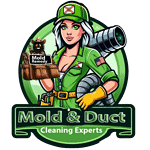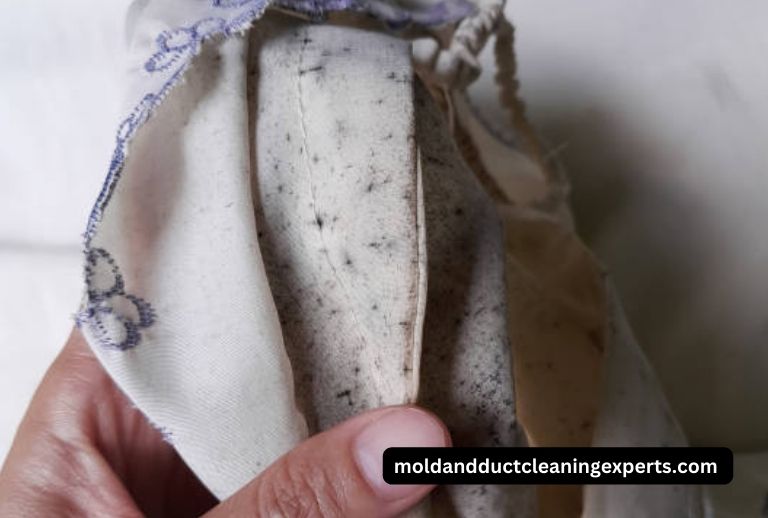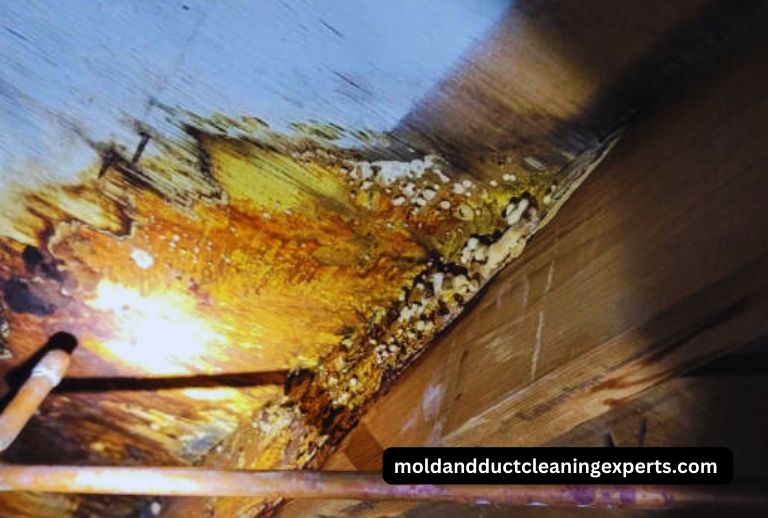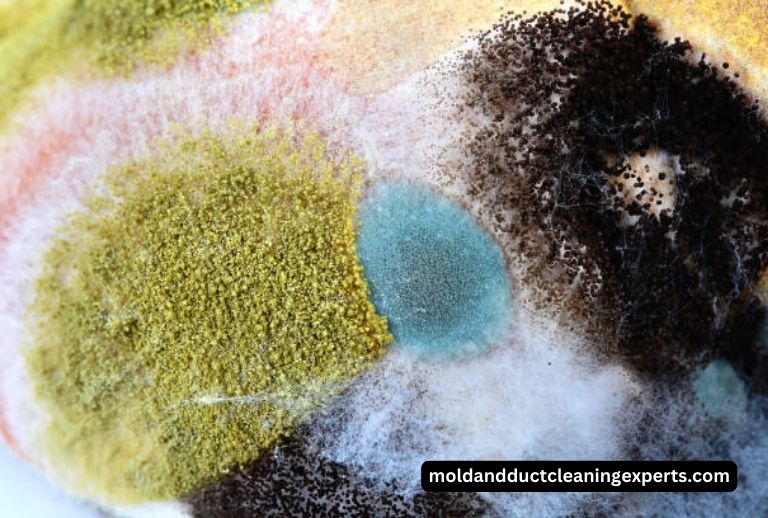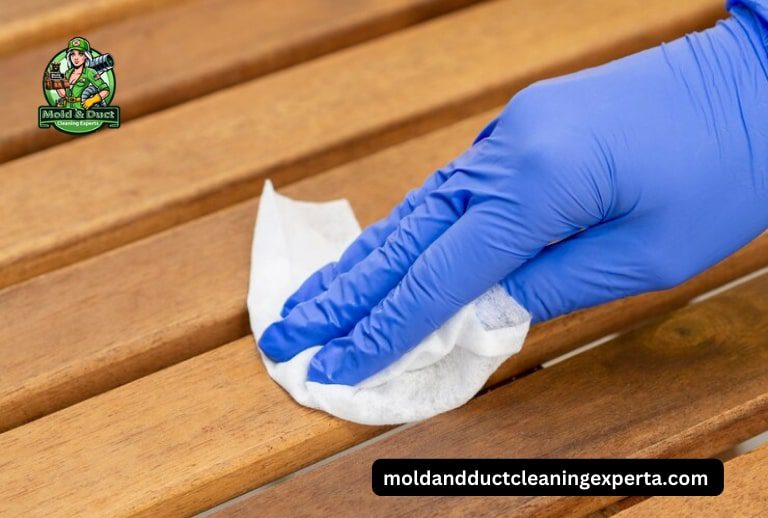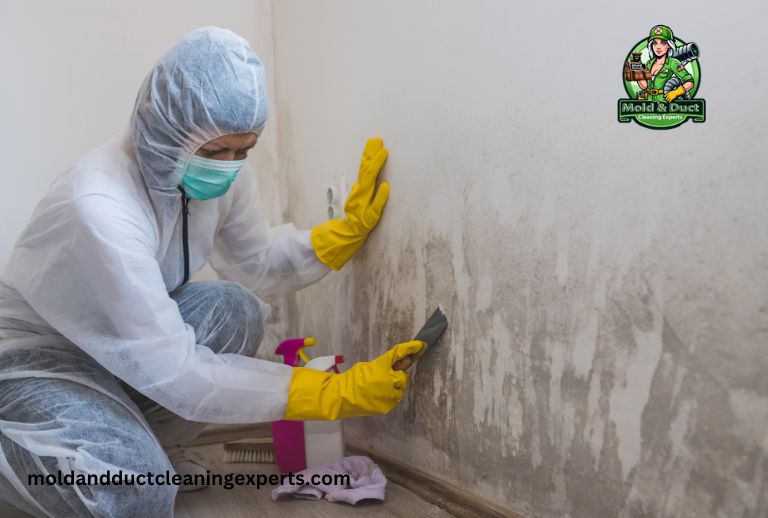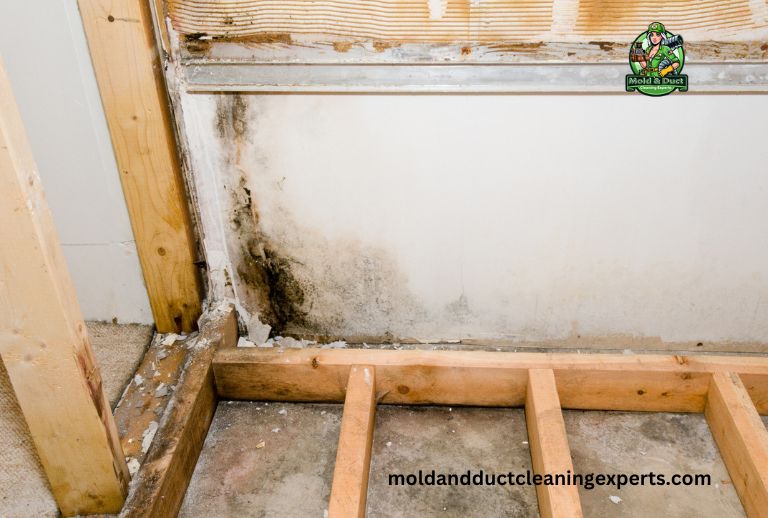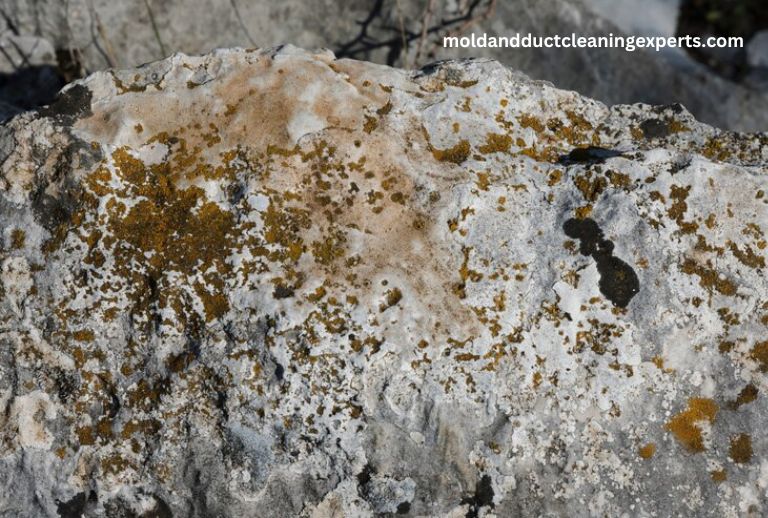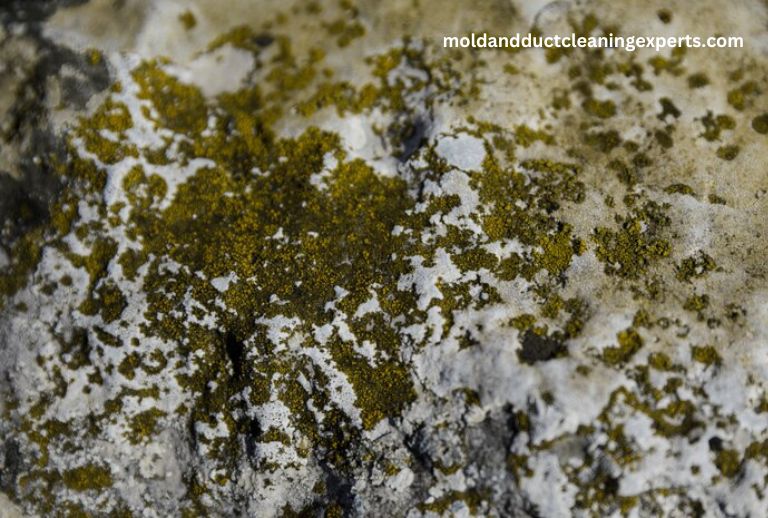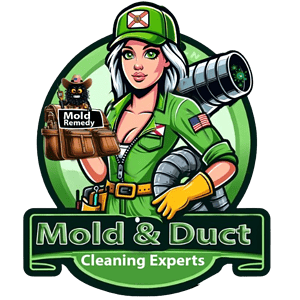Dry cleaning can effectively remove mold from clothes. The process utilizes solvents like tetrachloroethylene and high temperatures, which are typically sufficient to kill mold spores and eliminate...
Yes, heat can kill mold. Temperatures between 140°F and 160°F (60°C to 71°C) can deactivate most mold spores in both food and building materials. However, there’s a catch: heat alone does not...
Mold is a common fungus found almost everywhere, indoors and outdoors. It thrives in warm, damp, and humid conditions, and reproduces by making spores. Temperature plays a significant role in mold...
Mold in the attic is not just an unsightly issue; it’s a health hazard and a sign of underlying problems in your home. Addressing attic mold quickly can prevent a lot of issues, from structural...
Mold inspections are not just about identifying current growths; they’re also about preventing future problems. By understanding where mold comes from and how it thrives, you can take proactive...
Mold on wood furniture is a significant concern, not only for the integrity of the furniture but also for the health of individuals exposed to it. Mold, a type of fungus thriving in moist...
Yes, sunlight can effectively inhibit mold growth and kill mold spores due to its UV rays. However, it’s a bit more complicated to answer. To find out that why is it tricky we have...
Mold is frequently found in places with high moisture and humidity levels. While many consider it a minor problem, certain types of mold can have significant health implications, leading to mold...
